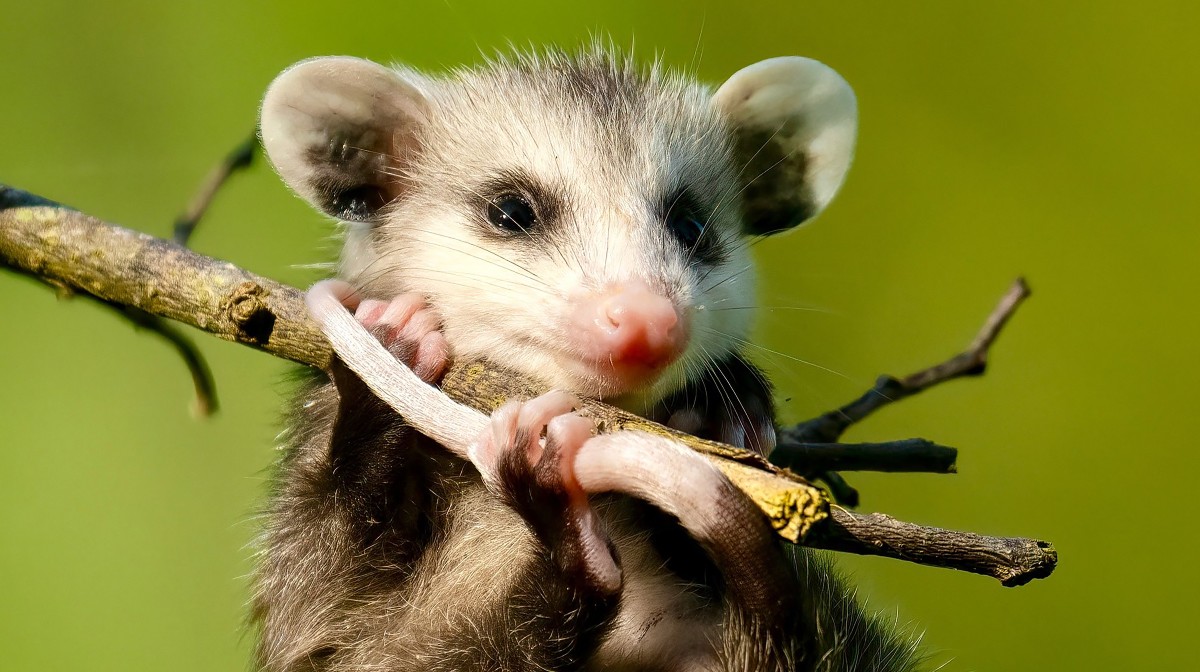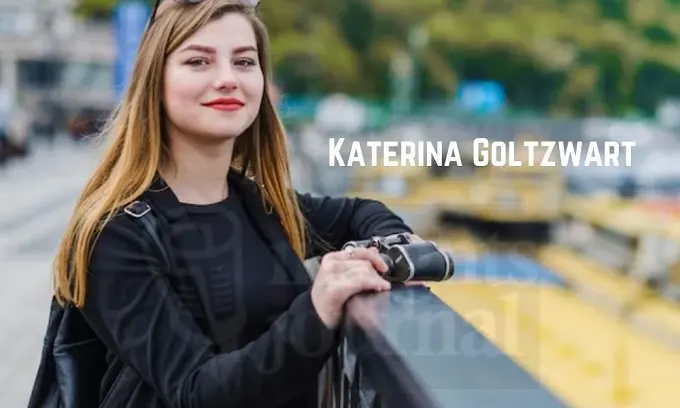In the diverse world of mammals, few creatures capture the imagination quite like the tñacuache. Native to the Americas, particularly to Mexico and parts of Central America, the tñacuache, also known as the “opossum,” is a creature with a rich cultural history, a unique biological makeup, and a variety of ecological roles. The name “tñacuache” is commonly used in Mexican Spanish and other regional languages to describe this marsupial, but it is important to note that this animal goes by several other names, including “tlacuache” in some areas. Whether you refer to it as a tñacuache, opossum, or a different regional name, this fascinating animal has a lot to offer in terms of biological study, environmental impact, and cultural significance.
The Taxonomy and Evolution of the Tñacuache
The tñacuache belongs to the family Didelphidae, which encompasses over 100 species of marsupials found primarily in the Americas. Opossums, including the tñacuache, are the only marsupials native to North America, and they are members of the order Didelphimorphia. The most well-known species of tñacuache is the Virginia opossum (Didelphis virginiana), which is found across much of North America, from southern Canada down to northern Argentina.
The evolutionary history of the tñacuache dates back to over 60 million years ago, with their ancestors branching off from other marsupials. The marsupial lineage itself is distinct from that of placental mammals, having developed a reproductive system in which young are born at a very early stage of development and must continue to grow in the mother’s pouch or in a safe, warm area. The tñacuache’s evolutionary history is marked by adaptation to a wide range of habitats, from forests to urban areas.
The tñacuache’s resilience as a species has allowed it to thrive in diverse environments. Despite the encroachment of urbanization and the threats posed by habitat loss, many opossum species have adapted to living in close proximity to humans, often scavenging for food in cities and suburbs.
Physical Characteristics of the Tñacuache
Tñacuaches have several defining physical characteristics that make them instantly recognizable. Their most prominent feature is their prehensile tail, which is long, naked, and capable of grasping objects. While they do not use their tails for swinging like some primates, the tñacuache’s tail is an important tool for balance and for holding onto branches or other surfaces when navigating through trees or dense foliage.
The body of the tñacuache is typically small to medium-sized, with some species growing up to 40 cm (16 inches) in body length, not including their tail, which can be as long as their body. Their fur is generally coarse and grizzled, often grey or brown in color, with white markings on the face, ears, and underside. The face of the tñacuache is another distinctive feature, with a pointed snout, large dark eyes, and prominent ears. Their teeth are sharp and well-adapted for their omnivorous diet, which includes fruits, insects, small vertebrates, and carrion.
One of the most famous aspects of the tñacuache’s physical behavior is its ability to “play dead.” When threatened by predators or humans, the tñacuache may collapse and enter a state of apparent death. This behavior, known as “playing possum” or “playing dead,” involves the animal emitting a foul-smelling secretion from its anus to mimic the scent of decay. The tñacuache remains motionless for an extended period, hoping that the threat will leave it alone. While this behavior can be useful in avoiding predators, it also has a cultural reputation as a symbol of cleverness or survival instincts in various societies.
Habitat and Distribution
The tñacuache is an incredibly adaptable creature, capable of living in a wide range of habitats. It is most commonly found in woodlands, forests, and marshes, where it can find ample food and shelter. However, tñacuaches have also adapted to urban and suburban environments, taking advantage of the food and shelter found in garbage piles, alleys, and abandoned buildings.
In terms of distribution, tñacuaches are found throughout much of the Americas. The Virginia opossum, for example, is widespread across the United States, while other species of tñacuaches inhabit regions ranging from southern Canada and the northern United States all the way to parts of South America. Their range tends to coincide with temperate climates, but they are also found in tropical regions of Central and South America.
Because they are opportunistic omnivores, tñacuaches can survive in a variety of environments as long as they have access to food sources and places to shelter. They are often found near human settlements, where they scavenge for discarded food. In rural areas, they may take shelter in hollow trees or burrows left by other animals.
Behavior and Diet
Tñacuaches are primarily nocturnal creatures, meaning they are most active during the night. This behavior helps them avoid predators and reduce competition for food. During the day, they typically rest in secluded places such as tree hollows, burrows, or even attics in urban environments. Their large, sensitive noses are vital for locating food and navigating in the dark.
As omnivores, tñacuaches have a varied diet. They are opportunistic feeders, eating whatever is available depending on the season and their environment. Their diet includes fruits, berries, seeds, small vertebrates (such as birds and rodents), insects, eggs, and even carrion. This wide range of food sources allows tñacuaches to thrive in both wild and urban environments. They are often seen rummaging through garbage cans or scavenging for food in cities.
The tñacuache’s diet also includes a range of plants, from berries and nuts to mushrooms. Their foraging behavior can help maintain a balance in ecosystems, as they help control insect populations and contribute to seed dispersal. In some regions, the tñacuache is even known to play a role in controlling the spread of ticks and other pests.
Reproduction and Life Cycle
Tñacuaches have a relatively short gestation period of about 12–13 days, which is one of the shortest among mammals. After this brief period, the female gives birth to tiny, underdeveloped offspring, which then crawl into her pouch to continue developing. Like other marsupials, the young tñacuache spends several weeks in the mother’s pouch before emerging to cling to her belly as she moves around. The mother nurses and protects her young for several months until they are large enough to survive on their own.
The reproductive cycle of the tñacuache is adapted to its environment. In areas with abundant resources, tñacuaches can reproduce multiple times a year. The offspring are usually born in the spring, ensuring that they have enough food to grow and develop. The young remain with their mother for several months, learning survival skills and how to forage for food before becoming independent.
Ecological Role
As omnivores and scavengers, tñacuaches play an important role in their ecosystems. They help maintain balance by consuming a wide range of organic matter, including carrion, insects, small animals, and plant matter. This diet helps to control populations of insects and rodents, which could otherwise become pests. Additionally, tñacuaches contribute to seed dispersal, helping to promote plant growth and maintain biodiversity in their habitats.
In urban areas, tñacuaches also help control food waste, reducing the environmental impact of human activity. While they may sometimes be seen as a nuisance by humans, their role in ecosystems cannot be understated. They are part of the natural cleanup crew, preventing the buildup of dead animals and organic waste.
Cultural Significance
The tñacuache holds a special place in the cultural traditions of many Indigenous groups in Mexico and Central America. In Aztec mythology, for example, the tñacuache was often associated with the god of the underworld, Mictlantecuhtli. The animal’s ability to play dead was seen as symbolic of death and rebirth. In modern Mexican folklore, the tñacuache is often portrayed as a clever, resourceful animal, sometimes appearing in stories and proverbs that emphasize wit and survival.
In other parts of Latin America, the tñacuache is a symbol of survival and adaptability. Its ability to thrive in both wild and urban environments has made it a representative figure of resilience. In some rural communities, the tñacuache is also a subject of fascination, and its nocturnal habits have inspired myths and legends about its mysterious nature.
Conclusion
The tñacuache, or opossum, is a unique and fascinating creature that plays an important ecological role while also holding cultural significance in various societies. From its evolutionary origins to its adaptability in the modern world, the tñacuache has proven to be a resilient species. Whether living in the wilds of a forest or scavenging in the alleys of urban neighborhoods, this remarkable creature continues to intrigue and inspire those who encounter it. As an emblem of survival, intelligence, and adaptability, the tñacuache is a true marvel of the natural world.

 Blog4 months ago
Blog4 months ago
 Life style4 months ago
Life style4 months ago
 Tech5 months ago
Tech5 months ago
 Tech5 months ago
Tech5 months ago
 Life style5 months ago
Life style5 months ago
 News5 months ago
News5 months ago
 Tech5 months ago
Tech5 months ago
 Blog5 months ago
Blog5 months ago



